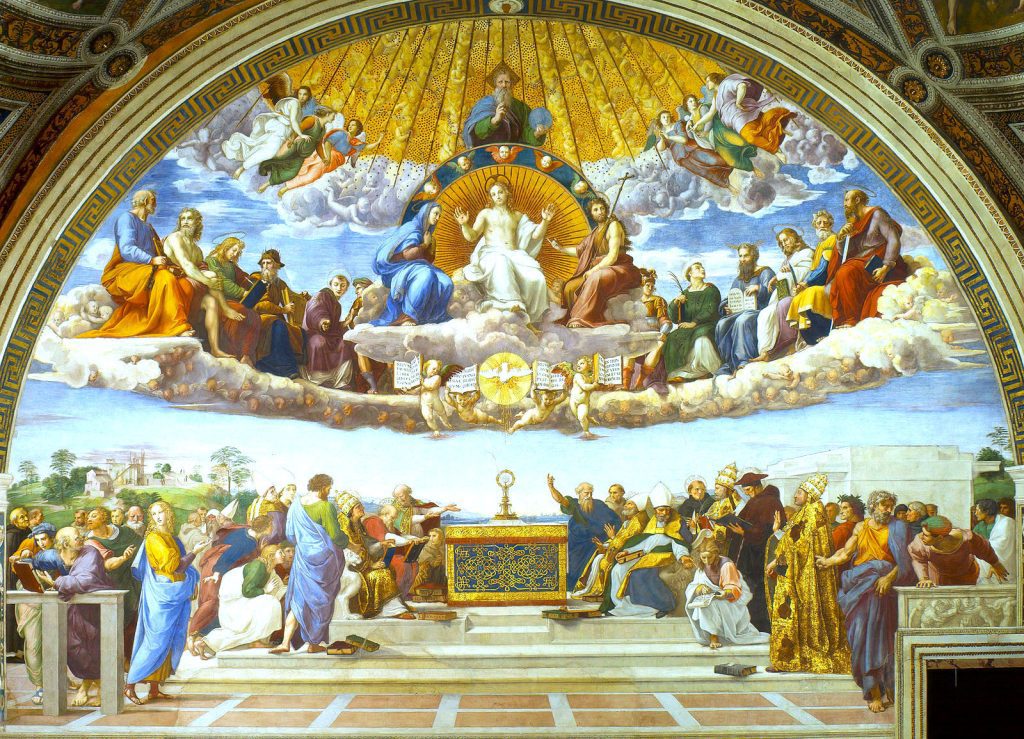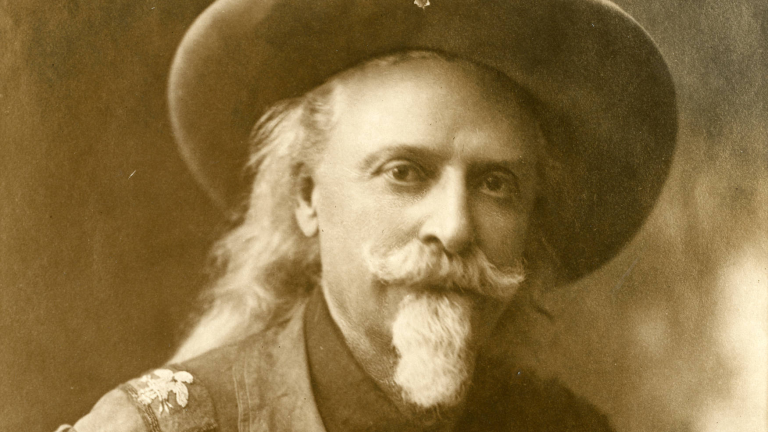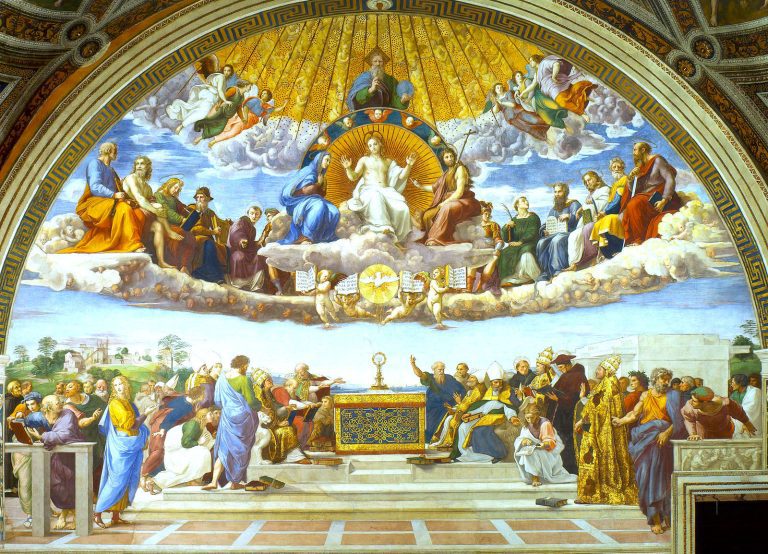In reading Quackenbos’s 1857 History of the United States, one finds that page 87 has a drawing of the Newport Tower, with the description: “In 1639, Newport was founded on the southern part of the island, near an old stone tower. This curious structure, twenty-four feet high, was evidently of great antiquity, but the Indians could give no information respecting its origin.” (italics added)
In looking up the tower, the following was on the internet: http://www.neara.org/CARLSON/newporttower.htm
The lengthy article gives an idea of how complicated the history of this large building is and of how many theories have been developed to explain its mysterious presence. Pictures are easy to find, and another article has several: http://www.unexplainedearth.com/newport.php

Some say that it is the base of an old windmill, but the rough mortar with which the stones are held together would probably not have been strong enough to hold the torque of the turning, twisting blades. Inside, on the second story, are the remains of what seems to have been a fireplace and two chimneys. No one is sure what the roof looked like, but there appear to have been two floors above the arches.
We do know that Quackenbos, writing in the 1850’s, was a hundred and sixty years closer in time than modern experts are to the tower. His statement that, that Newport was founded near the tower in 1639, is an indication that the tower did, at the very least, precede the English settlers of 1639.
His observation that “the Indians could give no information regarding its origin”, if true, would mean that it had to have been built at least a few generations before to give the local Indians enough time to forget about its construction. On the other hand, it may mean that the tribes present when the tower was built were wiped out in earlier, intra-Indian wars.
Indians who saw European ships for the first were impressed. So were those who saw European firearms, iron utensils, and glass beads. Those living in wigwams near the tower could not have helped but be just as impressed by the process of its construction, dwarfing in complexity and size any building they’d ever seen. Indeed, several of them may have been dragooned into helping mix mortar, move stones, and provide food for the builders. The building process would have been worked into legends and remembered for at least a few generations, which, if Quackenbos is accurate, may mean the building was built in, or even before, the 1500’s.
It is interesting that there are no similar, European-type structures between Rhode Island and California.
P. S. In reading his history, the author reminds us that Alexander Hamilton was killed in a duel. What we may not know, but what Mr. Quackenbos reports, was that the Hamilton-Burr duel took place in the very same place where Hamilton’s son was killed in an earlier duel.
Sometimes, old books are more interesting than new ones.







